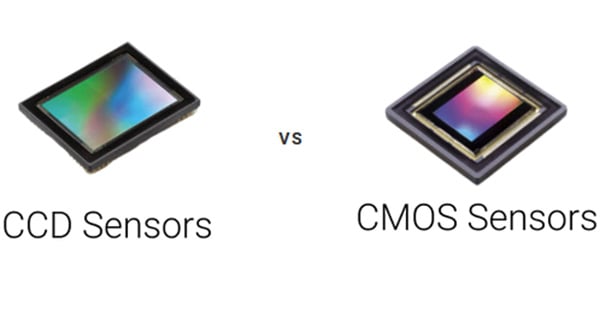audiobomber
Veteran Member
It is sometimes stated here that there is some sort of low ISO superiority to the old CCD bodies (K100D, K200D, K10D, etc). I believe that the supposed superiority of the "CCD look" is nothing more than a warmer white balance, easily replicated with a CMOS file in post-processing, if that is your preference. Frankly I find CMOS OOC white balance too warm, Sony CMOS (K-x to K-3) too cool, and the K20D Samsung CMOS just about right.
I recently tested this theory and it holds. Below are K-3 and K100D Super images, shot at 6mp resolution. Unfortunately I neglected to use the same lens. The 18-135mm is a little punchier than the original 18-55, and this is visible in the photos. I don't think it invalidates my conclusion. If you want your CMOS images to have the magic CCD look, just warm up the white balance.

K-3 out of camera jpeg

K100D Super OOC jpeg

K-3, adjusted white balance
Full-sized (6mp) images are available here: https://picasaweb.google.com/100586096103361553535/CCDVsCMOS?authkey=Gv1sRgCPnqpuOSt6eeIQ#
--
Dan
I recently tested this theory and it holds. Below are K-3 and K100D Super images, shot at 6mp resolution. Unfortunately I neglected to use the same lens. The 18-135mm is a little punchier than the original 18-55, and this is visible in the photos. I don't think it invalidates my conclusion. If you want your CMOS images to have the magic CCD look, just warm up the white balance.
K-3 out of camera jpeg
K100D Super OOC jpeg

K-3, adjusted white balance
Full-sized (6mp) images are available here: https://picasaweb.google.com/100586096103361553535/CCDVsCMOS?authkey=Gv1sRgCPnqpuOSt6eeIQ#
--
Dan
Last edited:




